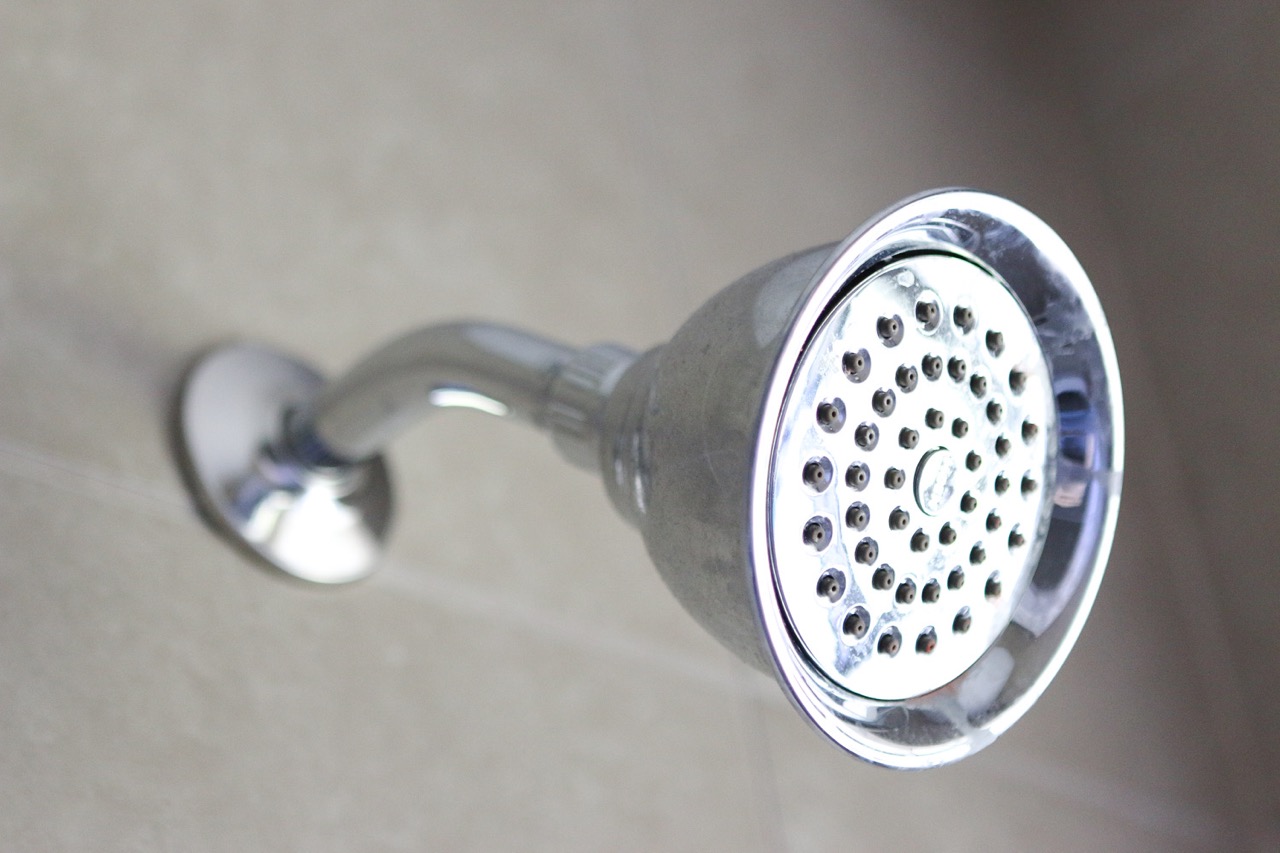

Articles
How To Fix Low Showerhead Pressure
Modified: August 28, 2024
Discover effective solutions and tips to increase your showerhead's water pressure in this informative article. Find out how to tackle low water pressure issues and enjoy a refreshing shower experience today.
(Many of the links in this article redirect to a specific reviewed product. Your purchase of these products through affiliate links helps to generate commission for Storables.com, at no extra cost. Learn more)
Introduction
There’s nothing more frustrating than stepping into the shower, only to be greeted by a weak and underwhelming stream of water. If your showerhead pressure is way too low, it can make your daily routine less enjoyable and efficient. Fortunately, there are several possible causes for this issue, and solutions that can help you restore the perfect water pressure in your bathroom.
In this article, we will explore the various factors that can lead to low showerhead pressure and provide you with practical tips on how to address them. So, whether you’re dealing with a recent drop in water pressure or have always had weak shower streams, read on to find out what you can do to improve your showering experience.
Key Takeaways:
- Troubleshoot low showerhead pressure by checking for water pressure issues, cleaning the showerhead, and adjusting the flow restrictor. Regular maintenance and consulting a professional plumber can help prevent and resolve low water pressure problems.
- Increase water pressure cautiously by checking the main water shutoff valve, cleaning or replacing water supply pipes, installing a water pressure booster, and upgrading plumbing fixtures. Striking a balance between water pressure and conservation is crucial for a satisfying shower experience.
Possible Causes of Low Showerhead Pressure
When it comes to low showerhead pressure, there are several potential culprits that could be causing the issue. Understanding these causes can help you pinpoint the problem and find the most effective solution. Here are some of the common causes:
- Water Pressure Issues: In some cases, the overall water pressure in your home may be low. This could be due to various factors, such as a problem with the municipal water supply or a malfunctioning pressure regulator. Low water pressure affects all the faucets in your home, not just the showerhead.
- Clogs or Blockages: Over time, mineral deposits and debris can accumulate in the showerhead, causing clogs that restrict the flow of water. These deposits are more likely to occur if you have hard water or if your showerhead hasn’t been cleaned regularly.
- Faulty Showerhead Components: Sometimes, the issue lies within the showerhead itself. A damaged or worn-out showerhead, such as a cracked or partially blocked nozzle, can result in reduced water pressure.
- Flow Restrictor: Showerheads often come equipped with flow restrictors, which limit the amount of water that can pass through. While these devices are meant to conserve water, they can also contribute to low water pressure. Flow restrictors can be adjusted or removed to increase the water flow.
- Plumbing Problems: If none of the above factors seem to be the cause of your low showerhead pressure, there may be underlying plumbing issues in your home. Leakages, pipe blockages, or incorrect pipe sizing can all have a negative impact on water pressure.
Now that we have identified some possible causes, let’s delve deeper into how you can troubleshoot and fix the low pressure issue.
Checking for Water Pressure Issues
If you’re experiencing low showerhead pressure, the first step is to determine if the problem lies with the water pressure in your home. Here’s how you can check for water pressure issues:
- Check other faucets: Test the water pressure in other faucets in your home, such as the kitchen sink or bathroom sink. If the problem is widespread, with low water pressure in all faucets, it’s likely an issue with the overall water supply to your home.
- Contact your utility provider: If you suspect that the problem is external to your home, contact your utility provider to inquire about any known water pressure issues in your area.
- Check the pressure regulator: Locate the pressure regulator, which is typically located near the main water line where it enters your home. Make sure it is properly adjusted and functioning. If necessary, consult a plumber for assistance in adjusting or replacing the regulator.
- Consider a booster pump: If your water pressure is consistently low, even after checking for issues within your home, you may want to consider installing a booster pump. A booster pump increases water pressure and can provide a steady flow to your showerhead.
By checking for water pressure issues, you can determine if the low showerhead pressure is a result of broader plumbing problems or external factors. If you detect low pressure throughout your home, it’s essential to address the issue at its source by contacting your utility provider or seeking professional assistance.
Checking for Clogs or Blockages
If the water pressure in your showerhead is low, clogs or blockages may be the culprit. Over time, mineral deposits, rust, and debris can accumulate in the showerhead, hindering the flow of water. Here’s how you can check for and address clogs or blockages:
- Inspect the showerhead: Take a close look at the showerhead and check for any visible signs of blockage. Look for mineral deposits or debris that may be clogging the nozzle or restrictor.
- Remove the showerhead: If you suspect a clog, carefully remove the showerhead from its fixture. Use pliers, if needed, to loosen the connections. Be sure to protect the finish of the showerhead using a cloth or tape around the jaws of the pliers.
- Soak the showerhead: Fill a bowl or container with equal parts white vinegar and water. Submerge the showerhead in the solution and let it soak for at least 30 minutes to dissolve any mineral deposits or debris.
- Clean the showerhead: After soaking, use a soft brush or toothbrush to gently scrub the showerhead and remove any remaining residue. Pay special attention to the nozzles and the flow restrictor.
- Rinse and reattach: Thoroughly rinse the showerhead with water to remove any vinegar residue. Then, reattach the showerhead to the fixture, making sure the connections are secure.
If the blockage is severe and cannot be resolved with a simple cleaning, you may need to consider replacing the showerhead altogether. Opt for a model that is specifically designed to resist clogging, such as a high-pressure or self-cleaning showerhead.
By checking for and addressing clogs or blockages, you can restore the water flow and improve the pressure in your showerhead.
Cleaning the Showerhead
Regular cleaning of your showerhead is crucial for maintaining optimal water pressure and preventing clogs or blockages. Here’s how you can effectively clean your showerhead:
- Prepare a cleaning solution: Mix equal parts white vinegar and water in a bowl or container. The acidic properties of vinegar help dissolve mineral deposits and remove debris.
- Remove the showerhead: Gently twist or unscrew the showerhead from its fixture. If necessary, use pliers, but be careful not to damage the showerhead or the fixture. Wrap a cloth or tape around the jaws of the pliers to protect the finish.
- Soak the showerhead: Submerge the showerhead in the vinegar and water solution. Make sure the entire showerhead is covered, including the nozzles and the flow restrictor if applicable.
- Let it soak: Allow the showerhead to soak for about 30 minutes to an hour. This will give the vinegar solution enough time to break down any mineral deposits or grime.
- Scrub the showerhead: After soaking, use a soft brush or toothbrush to scrub the showerhead, paying special attention to the nozzles. This will help dislodge any remaining residue or buildup.
- Rinse and reinstall: Thoroughly rinse the showerhead with water to remove any vinegar solution and loosened debris. Gently wipe it dry with a clean cloth. Finally, reattach the showerhead to its fixture, ensuring a secure connection.
It is recommended to clean your showerhead at least once every few months, or more frequently if you have hard water. Regular cleaning will help maintain proper water flow and prevent clogs, ensuring a refreshing and satisfying shower experience.
Check for any clogs or mineral buildup in the showerhead. Soak the showerhead in vinegar overnight to remove buildup and improve water pressure.
Checking for Faulty Showerhead Components
If you’ve noticed low water pressure from your showerhead, it’s essential to inspect the components of the showerhead itself. Here’s how you can check for and address any faulty components:
- Examine the showerhead: Take a close look at the showerhead for any visible signs of damage. Check for cracks, dents, or blockages that may be affecting the water flow.
- Inspect the nozzle: Carefully examine the nozzle of the showerhead. Look for any debris or mineral deposits that may be obstructing the water flow. Use a soft brush or toothbrush to clean the nozzle and remove any buildup.
- Check the flow restrictor: Many showerheads are equipped with flow restrictors to conserve water. These restrictors can sometimes become faulty, leading to reduced water pressure. Locate the flow restrictor, which is typically a small disk or screen, and inspect it for any damage or blockage. If necessary, remove the flow restrictor and clean it, or adjust it to allow for better water flow.
- Consider replacing the showerhead: If you’ve checked for any visible faults or obstructions and the water pressure remains low, you may need to consider replacing the showerhead altogether. Look for a showerhead that is specifically designed for high pressure or provides an adjustable flow rate for a more satisfying shower experience.
Regular maintenance and inspection of the showerhead components can help identify and resolve any issues that may be causing low water pressure. By ensuring that the components are in good condition and free from debris, you can improve the overall performance and water flow of your showerhead.
Adjusting the Showerhead Flow Restrictor
If you’ve identified the flow restrictor as the cause of your low showerhead pressure, adjusting it can help increase the water flow. Here’s how you can adjust the showerhead flow restrictor:
- Locate the flow restrictor: The flow restrictor is usually located inside the showerhead, near the point where it attaches to the shower arm. It is designed to regulate the amount of water that flows through the showerhead.
- Remove the showerhead: Carefully unscrew the showerhead from the shower arm. Be cautious not to damage the showerhead or the connections.
- Identify the flow restrictor: Look for a small plastic disk or screen inside the showerhead. This is the flow restrictor that limits the water flow.
- Adjust the flow restrictor: Use a screwdriver or your fingers to adjust the flow restrictor. You can try twisting it counterclockwise to loosen it or removing it altogether for maximum water flow. Be sure to note its original position in case you want to revert to it later.
- Reattach the showerhead: Once you’ve made the necessary adjustments to the flow restrictor, reattach the showerhead to the shower arm. Ensure that the connections are secure but do not overtighten.
By adjusting the flow restrictor, you can allow more water to flow through the showerhead, effectively increasing the water pressure. However, it’s important to note that removing the flow restrictor completely may result in excessive water consumption. Consider finding a balance between water pressure and conservation.
If adjusting the flow restrictor doesn’t resolve the low pressure issue or if you’re unsure about making the adjustments yourself, it’s recommended to consult a professional plumber for assistance.
Increasing Water Pressure
If you’ve exhausted all other troubleshooting steps and are still struggling with low water pressure in your showerhead, there are a few additional measures you can take to increase the water pressure. Here are some methods that may help:
- Check your main water shutoff valve: Ensure that the main water shutoff valve supplying water to your house is fully open. Sometimes, the valve may be partially closed, resulting in reduced water pressure throughout the house. Turn the valve counterclockwise to fully open it.
- Clean or replace water supply pipes: Over time, sediment, rust, or mineral deposits can accumulate in the water supply pipes, impeding water flow. Consider hiring a professional plumber to clean or replace the pipes, especially if you have an older home with outdated plumbing.
- Install a water pressure booster: A water pressure booster is a device that increases the water pressure in your plumbing system. It is typically installed near the main water line and uses a pump or regulator to boost water pressure. Consult a plumbing professional to determine the most suitable booster for your home.
- Upgrade your plumbing fixtures: If you have older plumbing fixtures, they may be restricting water flow and contributing to low water pressure. Consider upgrading to high-pressure showerheads or fixtures designed to maximize water flow.
- Consult a professional plumber: If you’ve tried everything and are still experiencing low water pressure, it’s advisable to seek professional help. A plumber will have the expertise to diagnose any underlying plumbing issues and recommend appropriate solutions to increase water pressure in your home.
Keep in mind that increasing water pressure should be done cautiously to avoid putting excessive strain on your plumbing system. It’s important to strike a balance between adequate water pressure and water conservation.
Remember, high water pressure can damage pipes and fixtures, leading to leaks and other plumbing problems. Therefore, it’s crucial to consult a professional plumber for expert guidance and to ensure the proper functioning of your plumbing system.
Conclusion
Dealing with low showerhead pressure can be a frustrating and inconvenient experience. However, by understanding the possible causes and implementing some troubleshooting techniques, you can improve your showering experience and restore the perfect water pressure in your bathroom.
In this article, we discussed several potential causes of low showerhead pressure, including water pressure issues, clogs or blockages, faulty showerhead components, and flow restrictor restrictions. We also explored various steps you can take to address each of these causes, such as checking for water pressure issues, cleaning the showerhead, adjusting the flow restrictor, and increasing water pressure when necessary.
It’s important to note that regular maintenance, such as cleaning the showerhead and checking for any visible faults, can help prevent low water pressure issues in the future. Additionally, consulting with a professional plumber can provide expert advice and assistance in resolving persistent low water pressure problems.
Remember to strike a balance between increasing water pressure and conserving water. While it’s important to have adequate water flow, excessive water pressure can put strain on your plumbing system and may lead to other issues down the line.
By following the tips outlined in this article and staying proactive with maintenance, you can enjoy a rejuvenating and satisfying shower experience with optimal water pressure every time.
Frequently Asked Questions about How To Fix Low Showerhead Pressure
Was this page helpful?
At Storables.com, we guarantee accurate and reliable information. Our content, validated by Expert Board Contributors, is crafted following stringent Editorial Policies. We're committed to providing you with well-researched, expert-backed insights for all your informational needs.

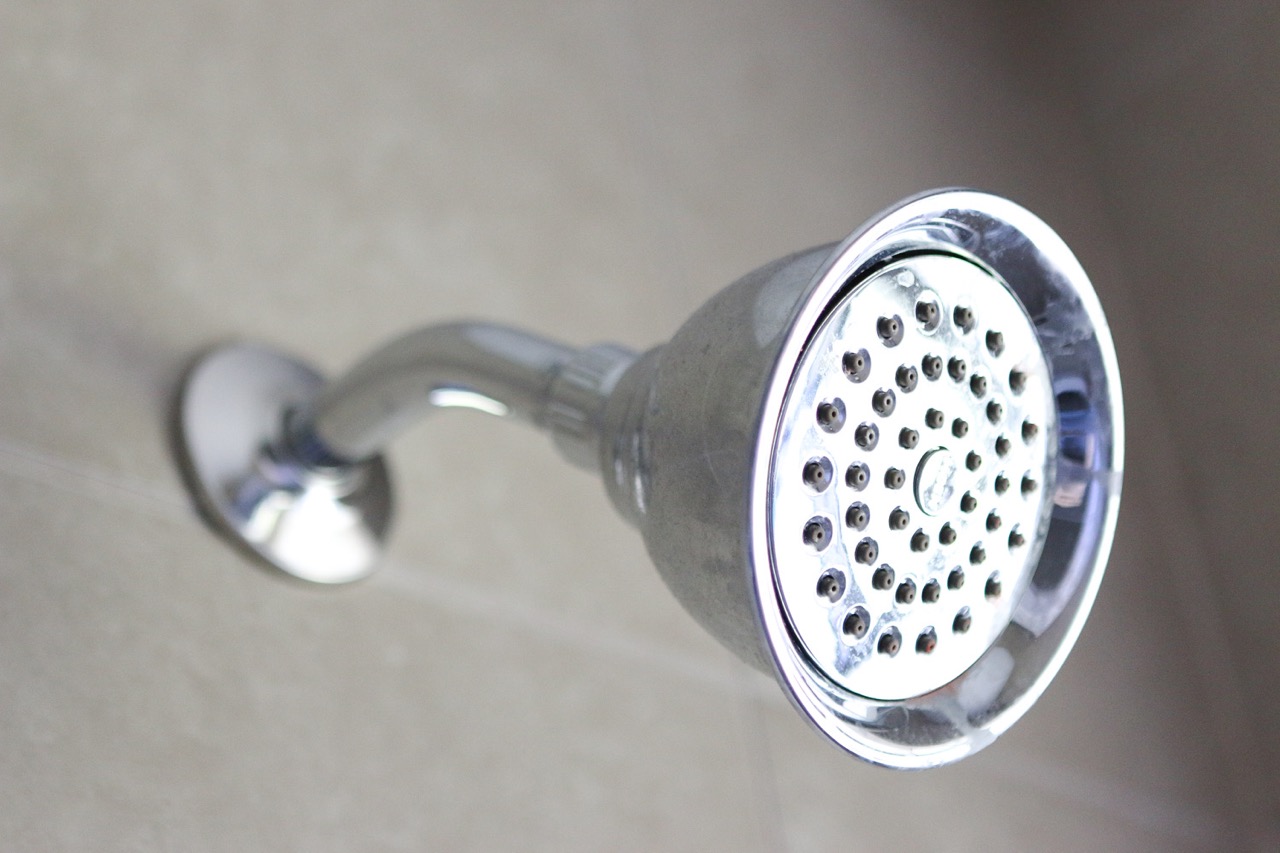
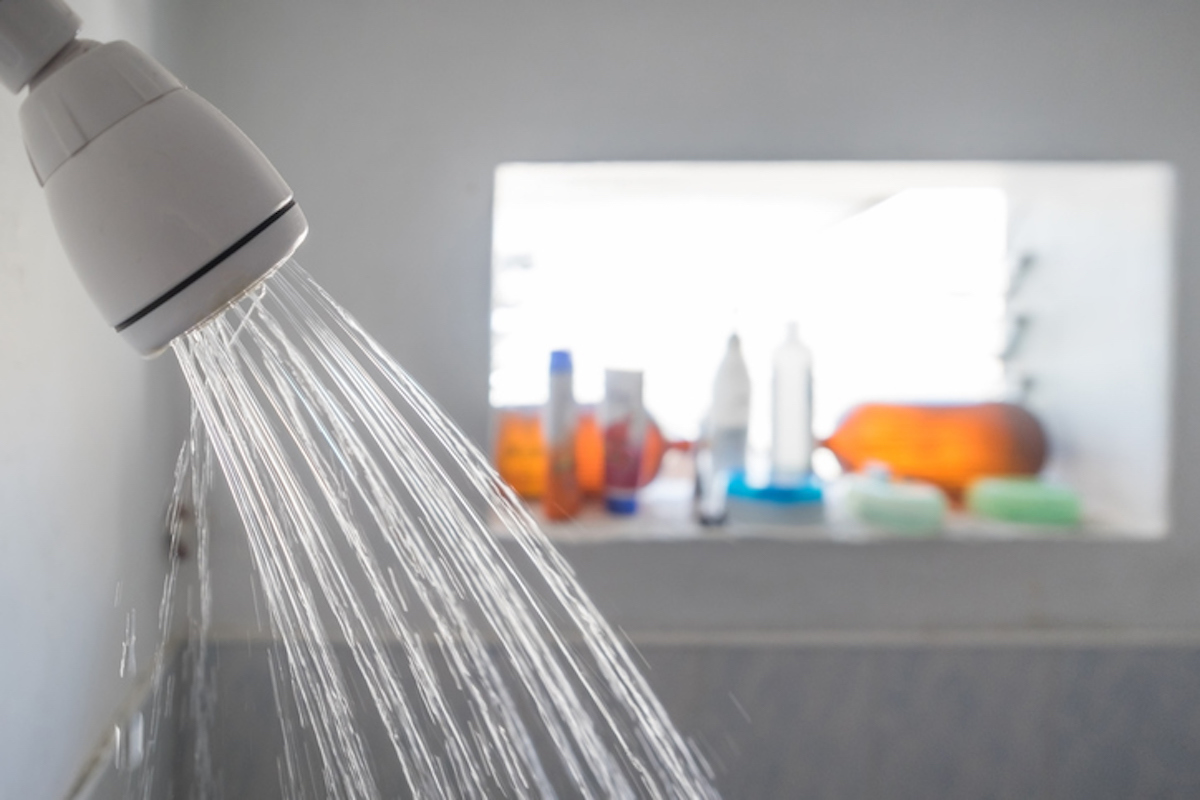
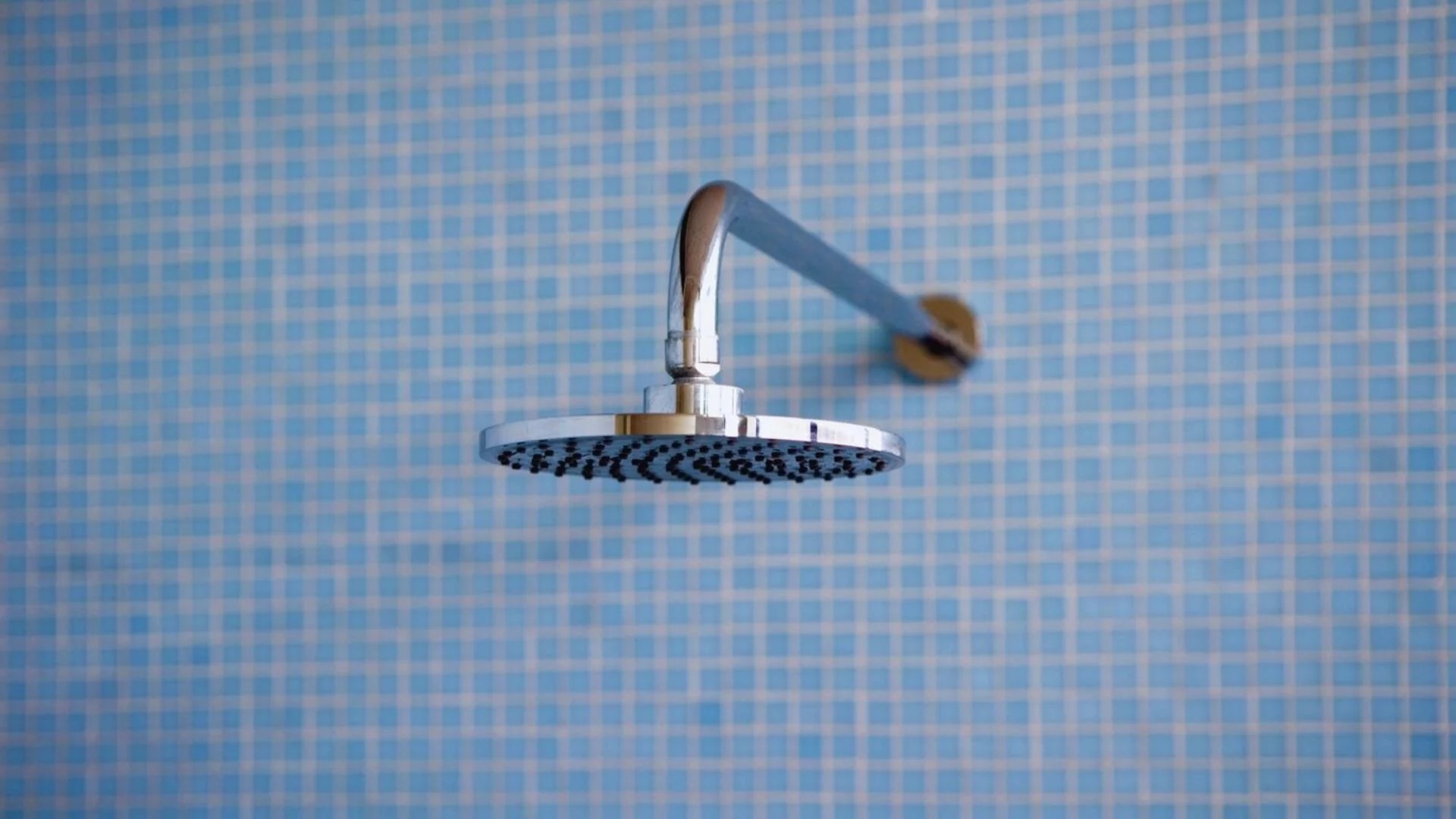
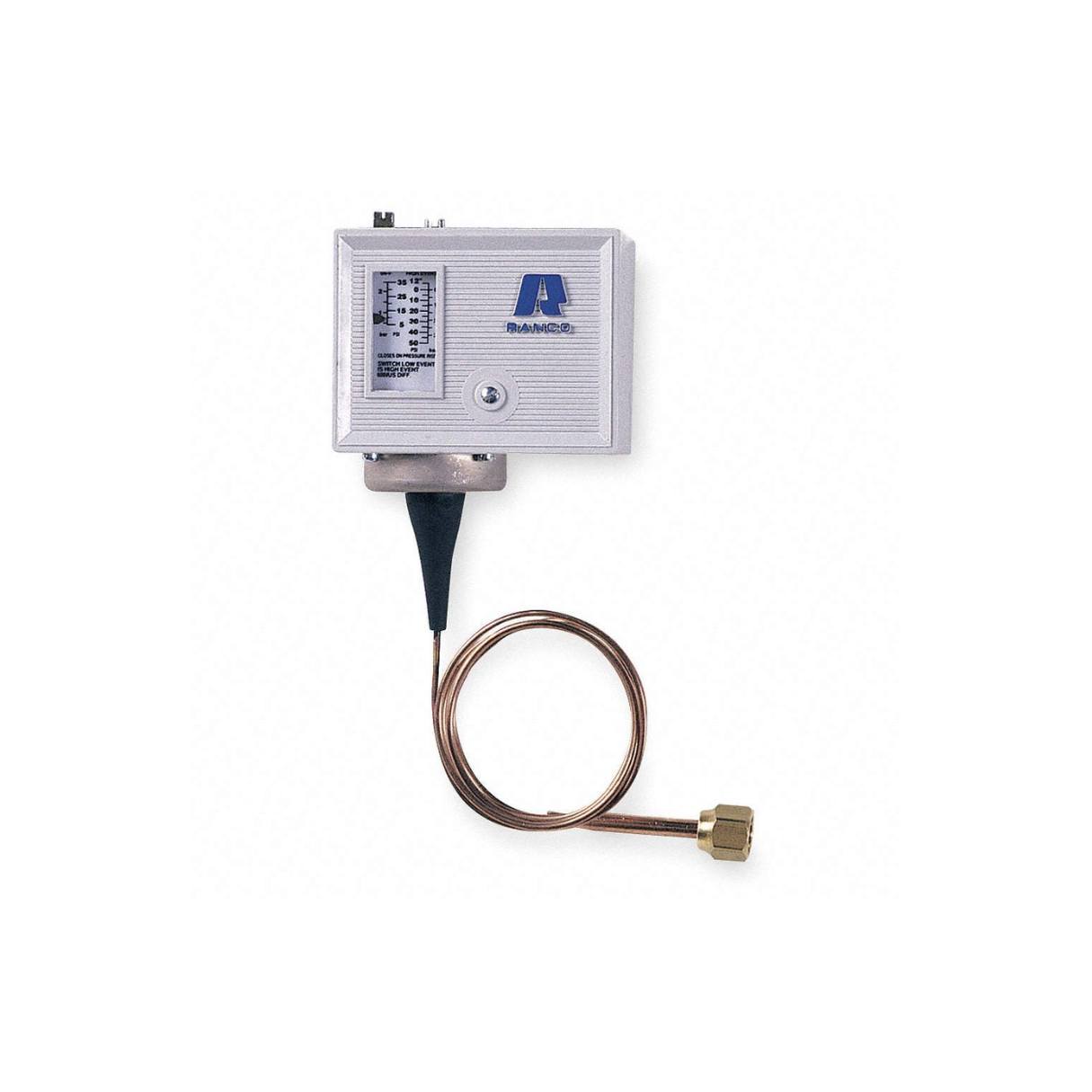
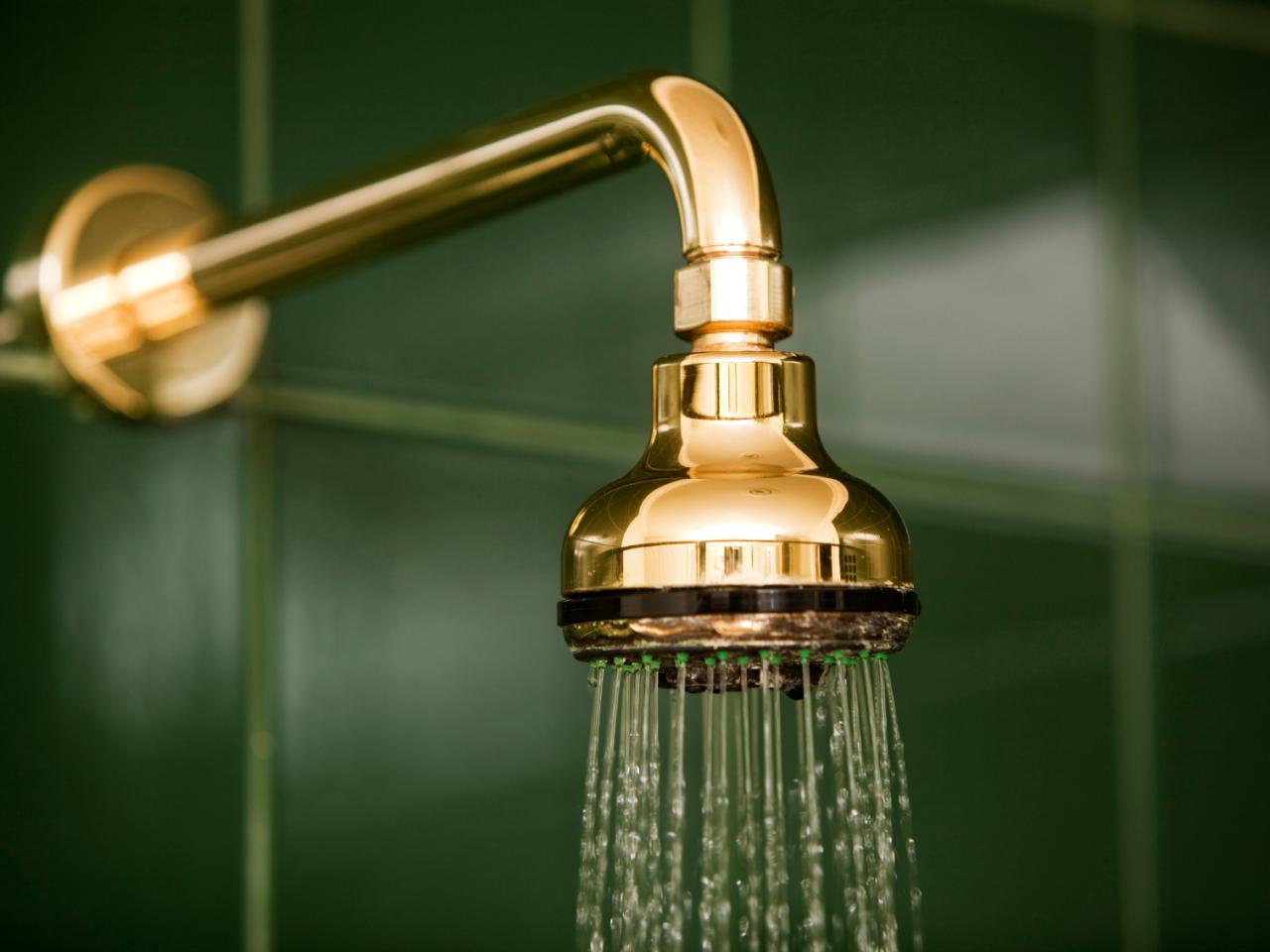
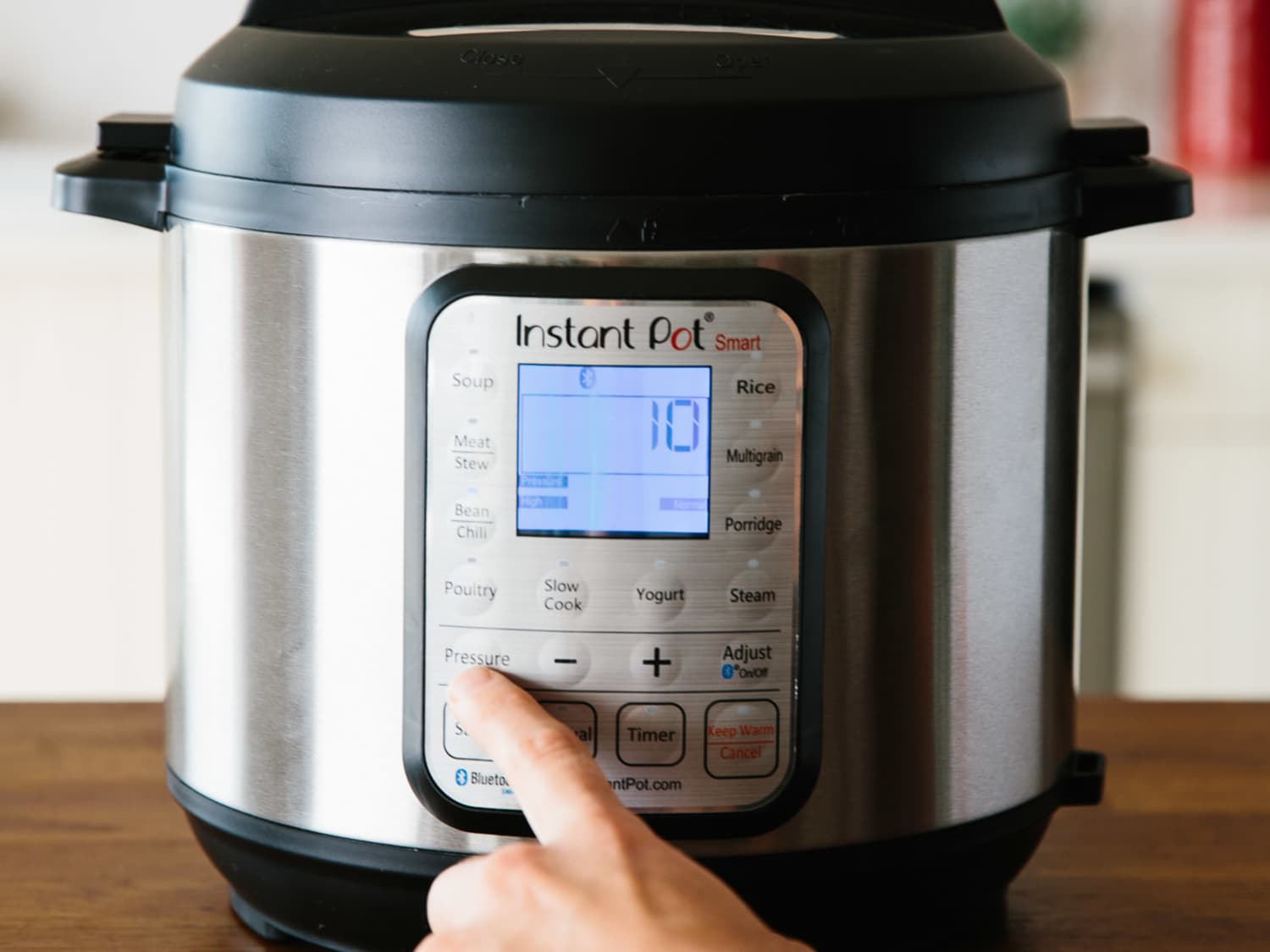
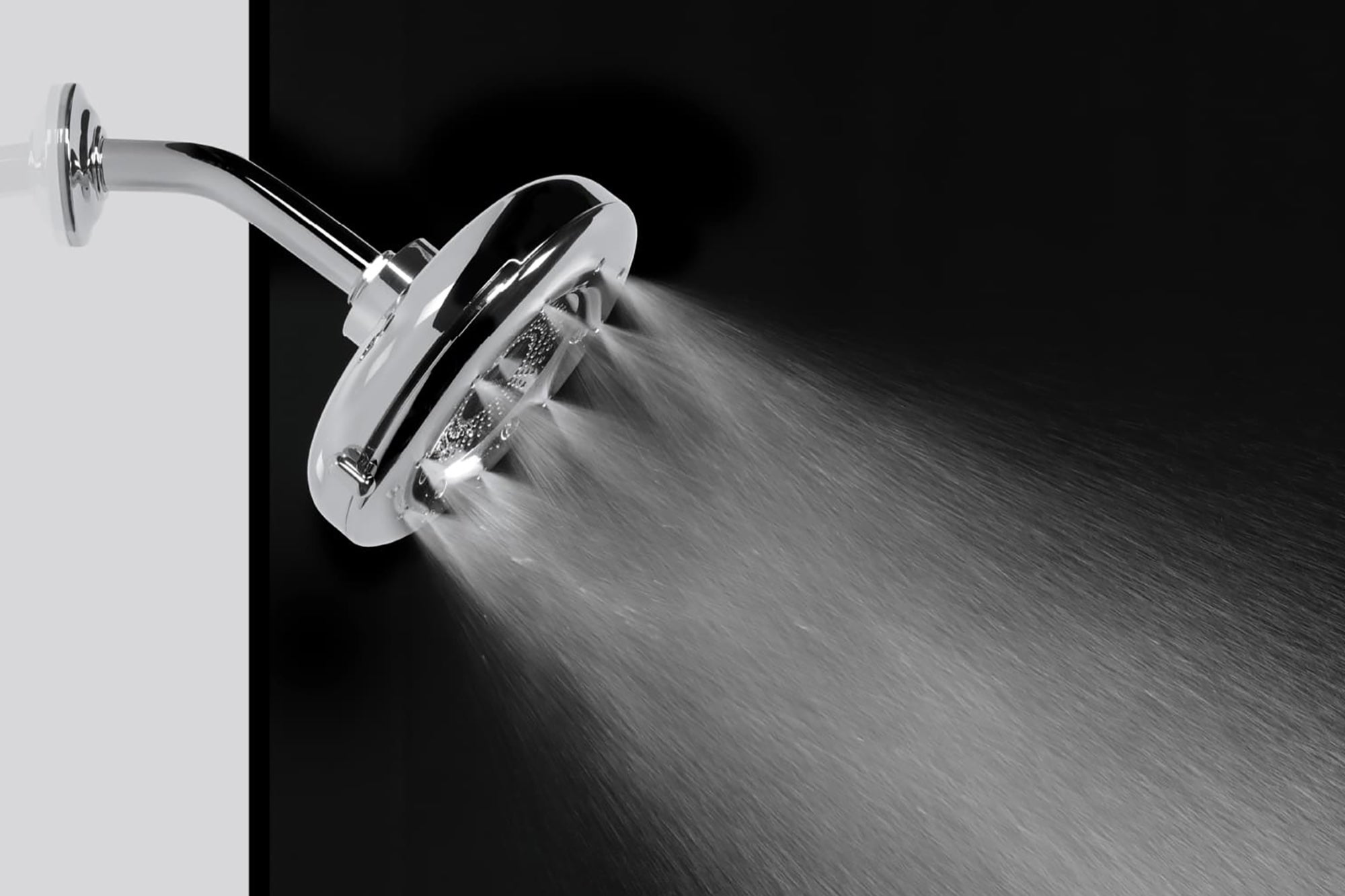
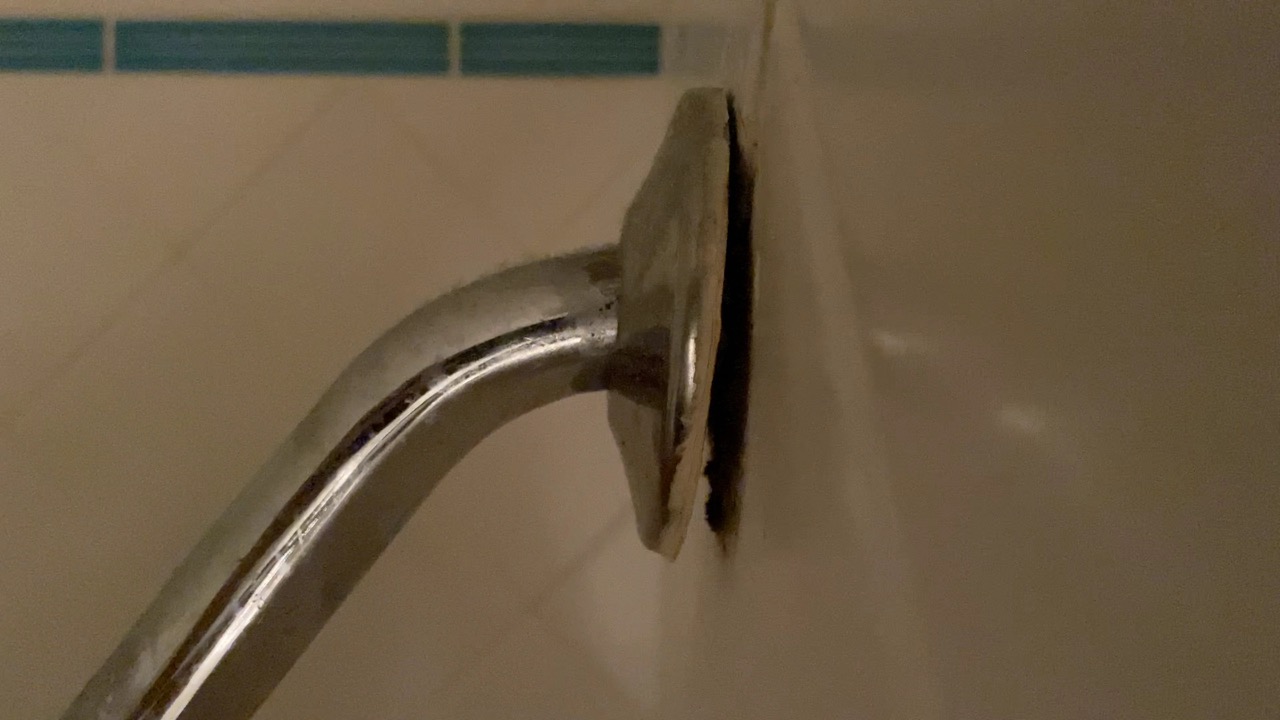

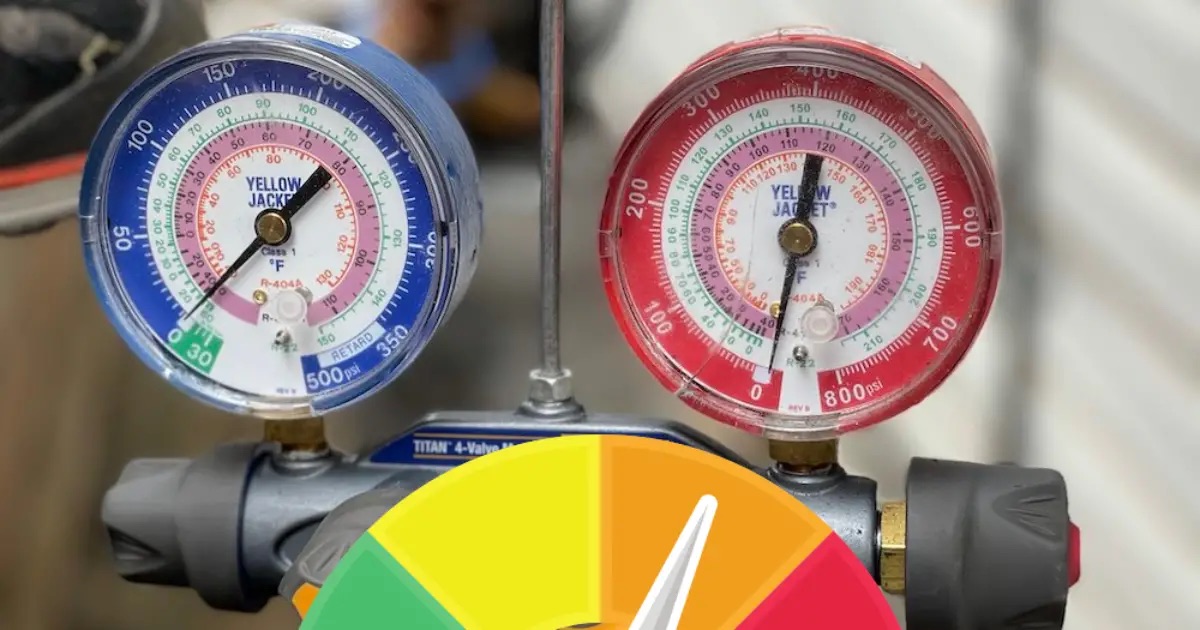
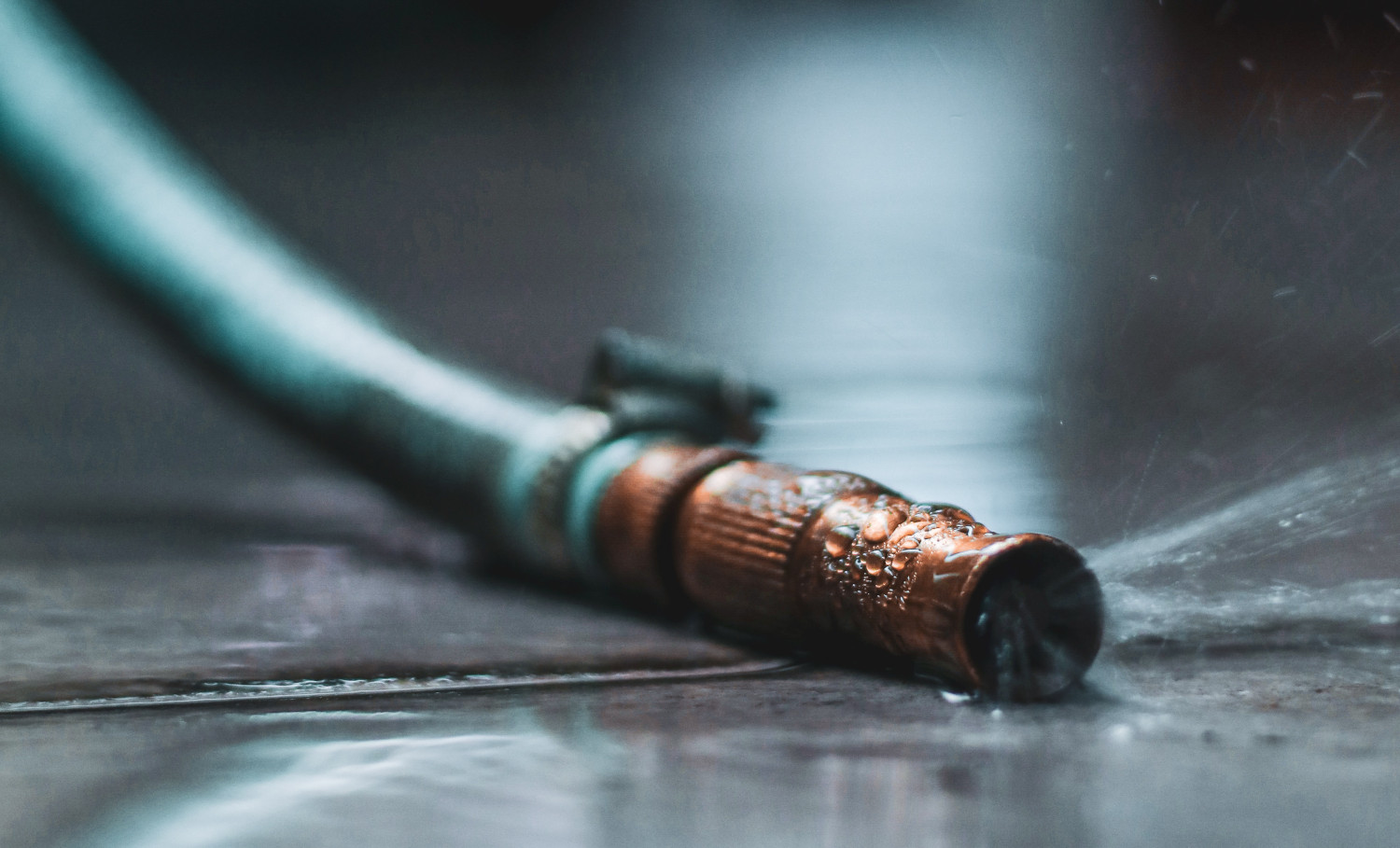
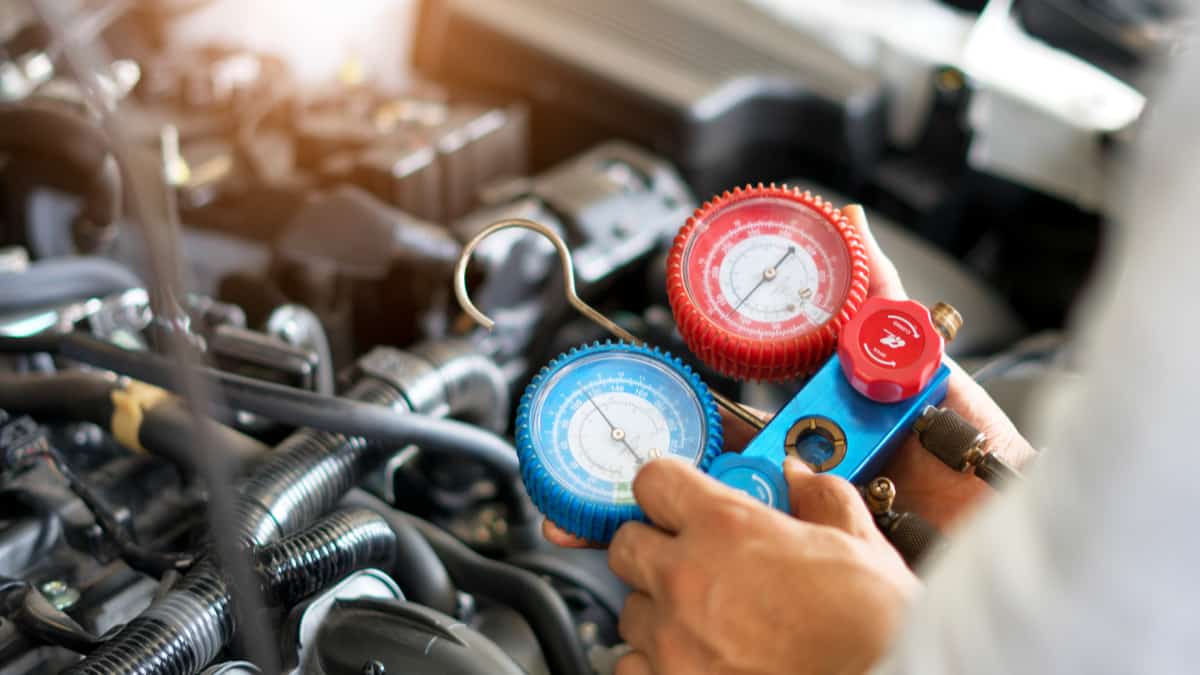
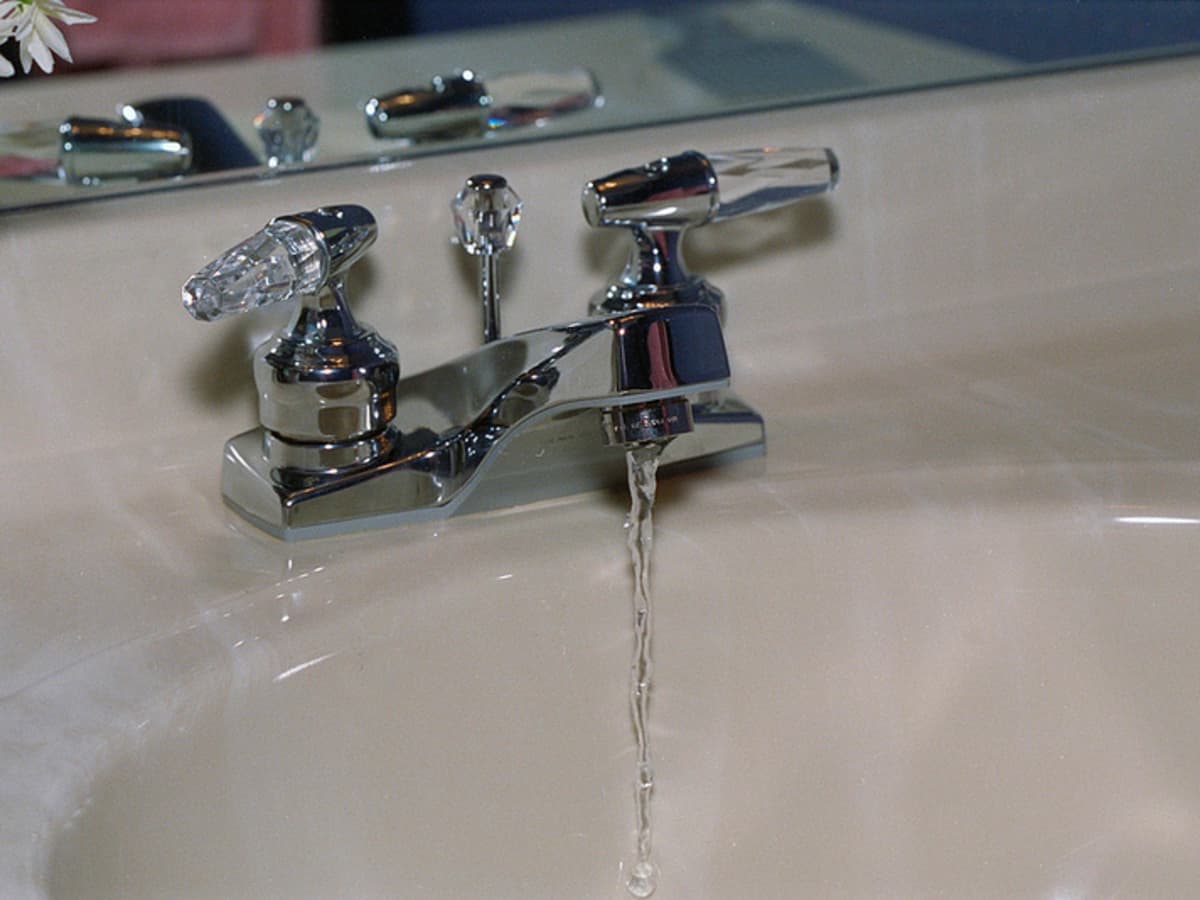

0 thoughts on “How To Fix Low Showerhead Pressure”